ABOUT OWL
Assalamualaikum , today I want to share about my favourite animal is OWL . I really like owls because his eyes very cute and unique . The owls guard at night and sleep during the day and are just like me . Hehehehe ...
FIRSTLY ;
Introduction About Owl ...
Owls are very interesting birds, and one that many other types of birds are afraid of. In fact, fake owls are often placed on top of buildings to keep pigeons and other types of birds from making nests there. The owl is said to be a symbol of wisdom and they make a unique sound at night that is distinctly identifiable.
The owl is one of the species of birds that you do don’t see very often though, but only hear. This is due to the fact that the owl isn’t a bird that is out during the day. They are known to be very active at night only. There are two main categories of owls – barn owls and typical owls.
You will find quite a difference when it comes to the size of different species of owls out there. Some of them are only about 4 inches when fully mature with the largest ones being about 28 inches fully grown. They vary in color too depending on the region where they live. They blend in well with their surroundings which makes it hard to spot them unless you are avidly searching for them in a given environment.
In many cultures the owl is a sacred animal and one that humans don’t bother very much. Yet there are plenty of locations out there where their natural habitat continues to be taken away for humans to use that area for something else. As a result it has reduced the overall population of many species drastically.
This is why some species of owls are in jeopardy of becoming extinct. This is also why there are plenty of conservation efforts in place. The goal is to educate people about the needs of owls as well as their natural habitat. The hope is that by doing so people will do all they can to help protect these fascinating birds. While we do know quite a bit about owls, there is still plenty that we haven’t figured out yet. Part of the key to successfully protecting them also involves more research and data.
Owls are fascinating to observe due to their behaviors. They are almost always found living alone. They may form a pair though or a small flock in some locations but that is very unusual. In areas where their natural habitat continues to get smaller though it is becoming more common.
The overall anatomy of the owl is quite interesting. They have large eyes, a rounded body, and small ears. They also have great vision and sense of smell. They can fly very quickly even though most of the time you see one it may be perched and not moving at all.
Owls have a routine that starts their day and it is interesting to see. They are very meticulous when it comes to their appearance. They will spend their first few hours awake preening and stretching. The talons will be used to clean over the feathers. Then the beak is used to clean the talons. An owl won’t leave its roost without this activity taking place unless they are scared off by predators.
They are extremely good at stalking their prey, patiently waiting for the right time to swoop down and get them. They can get prey that is in the water, on land, and in some circumstances even under ground. With their powerful talons they are able to pick up food and continue in flight.
The food is transferred to their beaks where it is swallowed whole. The owl has to regurgitate pellets about 10 hours after eating with the bones, fur, and other remains that they weren’t able to properly digest.
SECONDLY;
Types of Owls...
Owl Species Index
- Owl Species
Too many people lump owls into one category but there are actually several different species of them. They vary in size and color even though the overall anatomy of them is very similar. In fact, there are more than 20 known species of owls and some experts believe that they will be able to eventually find even more of them.
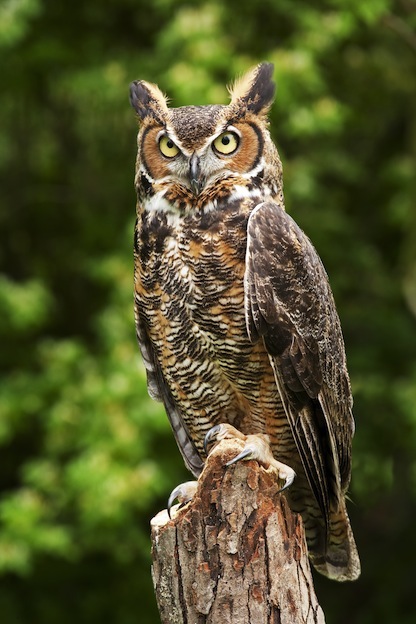
- Great Horned Owl
The Great Horned Owl doesn’t really have horns, but rather ears that are large enough to give that impression. The location of the ear is closer to the middle of the head too than outward like it is for other species of owls.
- BEHAVIOR :
- The females will respond to the calls of the males with a higher pitch sound. The chatter can go back and forth for many hours and even of the course of several days before they meet up with each other.
- What is the sound that you think of when the owl comes to mind? The who who sound is what you get from the Great Horned Owl. This can be a very loud and long call or a soft and short one. The meaning behind those calls is what determines how they will sound. The males are the most vocal, calling out to establish their territory, to warn predators to stay away, and to find females that they may be able to mate with.
- DIET/FEEDING:
- Since this species of owl doesn’t migrate, they definitely have to make adjustments with their eating habits. What foods they have available can change based on the season and they seem to be willing to take that into consideration without it being a threat to their overall survival.
- There are plenty of different food items that they may consume. What the Great Horned Owl has access to really depend on the area where they live. Some of the common ones include rabbits, squirrels, snakes, and possum. Those that live close to water also consume frogs and fish.
- When it comes to eating, the Great Horned Owl consumes much more food than other species of owls. They spend many hours each night searching for food. They are very patient when it comes to hunting and will wait until sources of food come out into the open for them to capture. They aren’t afraid to go after prey that is too large for them to swallow. They will simply use their strong beak to tear of pieces that they can swallow.
- Barn Owl
The Barn Owl has a very distinctive look to the fact. You will notice that almost all species of owls out there have a rounded face. However, this one has a heart shape to it that is very endearing
- BEHAVIOR :
- In fact, many people don’t’ even realize they have Barn Owls around. The don’t see them during the day and they sounds they are hearing at night don’t remind them of the typical owl.
- The sounds that come from the Barn Owl are very interesting. They can often be heard with hisses and whistling sounds. Sometimes they also offer what sounds like snoring too. It is very different from the hooting and calling that other species of owls are associated with.
- DIET/FEEDING :
- The Barn Owl consumes quite a bit of food on a daily basis. In order to do so they have to be very fast and very skilled. The use of their senses – namely sight and hearing allows them to have the upper hand. What they will feed upon really depends on the area where they live
- In most areas they are able to find plenty of rodents including mice and rats to survive on. Rabbits are another type of food that seems to be plentiful for them. They will also consume small birds and an array of different insects. The are able to hear the very low sounds of their prey moving around. This makes it virtually impossible for them to hide from the Barn Owl..
- Snowy Owl
The unique look of the Snowy Owl means that this species is never confused with any other. It is the only one featuring an all white coloring. They also have speckles on the body that are dark gray or black in color.
- BEHAVIOR:
- The Snowy Owl is known to try to hide in its surroundings which is why they white coloring is able to help it do so. Some people believe that this species of owl doesn’t make any sounds. It does, but it is very infrequent when you will actually hear it making any types of noises.
- About the only time you will hear them making noise is when they are trying to attract each other. The males are the ones with the deep voices and they often start the process of calling out to the females. When they respond they have a high pitch sound that is heard.
- DIET/FEEDING :
- The Snowy Owl has many different types of food that it will consume. They know in their area that when they have an opportunity to get food they should take it. In fact, this is one of the few species of owls that will store up kills for eating later on. Generally, owls will only eat food as soon as they kill it.
- There are many different types of mammals small enough in size for the Snowy Owl to easily control them. They rely on their hearing and their great vision to help them find prey. They can see it moving, and they can hear it moving. They can pick up on movements under the snow too and dive in to get their prey. They are very quiet in flight too so their prey really never knows what is going on until it is too late.
- When the temperatures are somewhat warmer in Alaska the swans and other types of birds can spend their time on the water and the shores close by. During this period of time the Snowy Owl will take the opportunity to consume the eggs these types of waterfowl have left in nests.
- Since there are periods of time in Alaska during the summer when it doesn’t get dark the Snowy Owl has no choice but to be a daytime hunter for that span of time. This can be hard for them to adjust to because they are nocturnal by nature. However, they seem to know that they have to go out at certain times to find food if they are going to survive. They are often more vocal during these days of light too due to the changes it creates for their environment.
- Barred Owl
One of the first things you will notice with the Barred Owl is that they appear to have no ears. They aren’t visible from the top of their head as they are with other species of owls. They are brownish in color as well as shades of gray.
- BEHAVIOR :
- The Barred Owl is one that is more vocal that others. They tend to be hear quite often and even during the late afternoon on cloudy days. The sounds that they make often sound like a human saying “ who cooks for you”. They are very territorial and they don’t migrate so they will be in the same spot all year long. They will take any opportunity to use shelter that other birds have abandoned.
- DIET/FEEDING :
- The Barred Owl has quite a diverse diet. They can be seen diving into the water to go after fish. They are also known to consume rodents, rabbits, squirrels, snakes, and snails, they will also consume other species of owls that are smaller than them in order to remain dominant in their environment.
- When it is very cloudy outdoors they may be seen hunting in the early evening before it is dark. This offers a terrific opportunity to see them and to be a witness to how they hunt for their food.
- Burrowing Owl
The Burrowing Owl happens to have legs that are much longer than any other species of owl. This is a small species of owl with a large head and no visible ears.
- BEHAVIOR
- The Burrowing Owl lives on the ground and it is one of the few species that is active during the daylight hours. They are known to make 17 different sounds which is much more than any other species of owl out there. Even after careful research though it still isn’t known what most of these sounds mean. Some of them have been identified for mating and for territorial purposes.
- DIET/FEEDING :
- There are plenty of food sources out there for the Burrowing Owl to consume. They include lizards, birds, rodents, and a variety of small insects. They are excellent hunters that will find a perch well above the ground where they can view the surroundings and then dive in for the prey.
- They are also known to hunt in cycles. For example they may spend a full 24 hours hunting and then eating. Afterwards they will have a period of 12 hours or more where they don’t eat. This is to give them time to create the pellets that they will regurgitate. Once those pellets are out of the body they will begin the cycle of eating again
- Elf Owl
The smallest owl found in North America is the Elf Owl. It is only about six inches tall when it is fully grown. The wing span for this small owl is about 14 inches wide.
- BEHAVIOR :
- The sounds from the Elf Owl are very high pitched. The offer sounds that are similar to whistles and squeaks. They are very good at hiding in plain sight. When an Elf Owl senses danger it will try to camouflage its body against a tree in various positions. It is often very successful as portraying itself as a broken branch. If that isn’t successful then they will take to flight as fighting isn’t in their nature.
- DIET/FEEDING :
- While the Elf Owl can see well in the dark, they don’t have the complete night vision as many other species of owls do. Therefore they rely upon their hearing more than sight when it comes to finding their prey. They have the element of surprise on their side so they usually have the prey under control before it has any time to retaliate.
- The Elf Owl has lots of different types of foods that it will consume. Insects and scorpions make up the majority of it. They are also known to eat small birds and lizards. They primarily eat invertebrates including crickets, moths, centipedes, and even beetles. They don’t seem to be bothered by the fact that the scorpions or centipedes can sting them.
- Great Gray Owl
The Great Grey Owl gets its name from the dark and light patterns of gray coloring on its body. It features a tail that is much longer than most species of owls out there.
- BEHAVIOR :
- It is very rare that you will hear vocalizations from the Great Grey Owl. The one time when they can be heard with hisses, clicks, and hooting is when they are looking for a mate. They also seem to do so when they are carrying for their young.
- DIET/FEEDING :
- Birds and small mammals make up the diet for the Great Grey Owl. They are exceptional when it comes to hunting. They are also going to feed on just about anything they can find in order to be able to survive.
- Long-Eared Owl
The Long Eared Owl is one that definitely has prominent ears and that is where their name comes from. They are quite thin compared to the body formation of so many other species of owls out there.
- BEHAVIOR :
- Most people are in awe of the way in which the Long Eared Owl flies. It is very similar to the movements of a butterfly. They make a hoo hoo sound that they repeat over and over again. This can become quickly annoying to humans that live in the same areas. Around the time they are ready to sleep for the night these noisy owls are communicating. Their sounds can be heard by humans more than ½ a mile from their location.
- Short-Eared Owl
As you may have guessed, the Short Eared Owl doesn’t have very long ears at all. Yet they can hear very well from them. They are small owls with an overall size of 13 to 17 inches when fully grown
- Behavior
- This is one of the few species of owls that are known to spend time together for long periods of time. They can form colonies that are on the ground and they will live with each other in harmony. Since most species of owls are isolated and territorial this is quite a significant event to watch.
- The Short Eared Owl doesn’t seem to be easily scared off by humans. That is one of the reasons that it has been observed in such detail when others aren’t
- Diet/feeding
- Almost all of the diet for the Short Eared Owl is mice. They will also consume small amounts of small birds and shrews. They rely upon their vision and their eyesight to be able to be very aggressive predators with a high success rate.
- Northern Pygmy Owl
The Northern Pygmy Owl is very small in size and has a gray coloring to it. Many people often mistake it for a pigeon due to the coloring. They also have some brown and red though on the edges of their feathers.
- Behavior
- Observing the Northern Pygmy Owl you will notice that they are very secretive in nature. They try not to be seen by humans or other animals. In fact, you may not realize you have these owls around other than for hearing them at night or finding the pellets that they leave behind as evidence.
- Diet/feeding
- This particular species of owl doesn’t have the element of surprise that others do. This is because it has noisy feathers that can let prey know it is coming. Almost all species of owls are silent in flight. This is why they tend to be the type of predator that sits and waits. They are very patient and they can wait along time before something to eat comes along.
- They are very strong owls so don’t be surprised that they will take on prey that is about three times their own size. They use their strong talons to pick them up, pierce them, and to carry them off to a private location where they can eat. The will consume birds and small reptiles. The eat lots of mice and rabbits because they are plentiful.
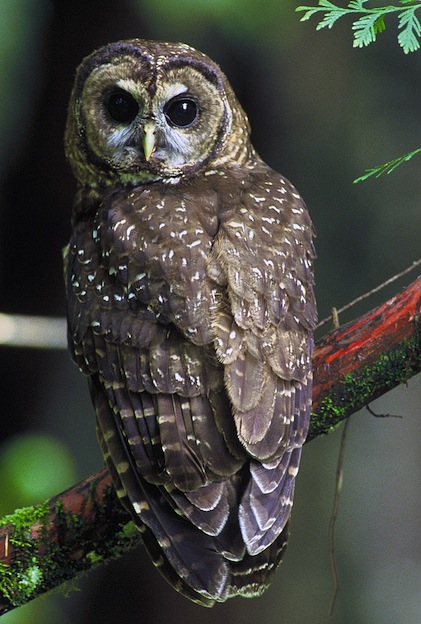
- Northern Spotted Owl
The Northern Spotted Owl is a lovely looking creature. The body has many shades of light and then dark brown. Intertwined with it are areas of white and cream for an overall appearance that is really amazing.
- Behavior
- These owls are very dedicated to their environment and they are loyal to where they take up residence. They are aggressively going to defend it and they don’t do well to their environment being disturbed. They don’t migrate and they are very hesitant to travel very far at all to find food that is away from their own natural habitat.
- Diet/Feeding
- The Northern Spotted Owl is an excellent hunter and that allows it to benefit from many different types of food out there. This includes mice, rodents, reptiles, insects, and even flying squirrels in some areas. They will also eat small birds that they come into contact with.
- These owls require quite a bit of food to consume on a daily basis. In areas where their habitat continues to be taken away it is harder for them to be able to find enough of it. When there isn’t’ enough food for them they are less likely to take part in the mating process.
- Screech Owl
The Screech Owl is a very small species with a size of no more than 10 inches in height. However, they have a wing span of about 24 inches. They are often confused with other types of owls though.
- Behavior
- The name of this owl definitely says it all. They have a screeching sound that they offer which is very unique from the calls of other types of owls. The males are extremely territorial and they will fight to ensure that others don’t try to come into that area. They are loners with the exception of when they are looking for a mate. This can start to take place in the later part of winter.
- These owls love to wash their bodies so they can be found in areas of rainfall doing so. They will also go to the backyards of humans in order to be able to bathe in the birdbaths there. Clicking sounds are often heard coming from these owls when they feel threatened.
- Diet/feeding
- Mice seem to be the most common type of food source for the Screech Owl. They also consume lots of small insects including spiders, worms, cockroaches, bats, and lizards. They can spend many hours every night looking for food and consuming it.
- Tawny Owl
The Tawny Owl is medium in size and is very round in shape. It has a large head with deep set eyes. The coloring is a rusty brown that have both light and dark shades.
- BEHAVIOR :
- The sounds that come from the Tawny Owl are often believed to be haunting in nature. This is why this particular species of owl is often considered to be one to bring bad luck or even as a sign of death in some cultures. They don’t want to have these types of owls around due to the fact that they believe they are part of evil that is lurking on Earth.
- DIET/FEEDING :
- They do have wonderful eyesight but it is their hearing that helps them to be able to find their prey in the dark. They are excellent hunters with silent wings so they have no trouble at all sneaking up on their prey. With sharp talons they will grab it and then either swallow it whole or use the beak to tear it into chunks.
- Rodents make up the majority of the diet for the Tawny Owls. They have huge appetites and can easily consume ten of them per day. This is why many areas where rodents are a problem have introduced these owls to the area. They are a free source of controlling the problem without harmful poisons. Small birds are also a common part of their diet.
- Australian Masked Owl
The Australian Masked Owl offers a very interesting look. As the name implies, this species of owl looks like it has a white mask over the face.
- BEHAVIOR :
- For the young owls, it can be hard to find their own territory to call home. As a result they may die before they are fully mature. If they can’t establish a territory of their own then they won’t be able to survive.The Australian Masked Owl is very territorial and they will find a place to live and then stay there until they die. This is one species of owl that doesn’t do very well at all when it comes to relocating. In fact, they would rather starve in their known habitat than to move on to a new location in search of food.
- DIET/FEEDING :
- The female will lay up to three eggs and stay with them to protect them. The male will bring her enough food to keep her satisfied until the eggs hatch. They will start to fly when they are about three months old. At that time they can go on their own but often stay for several more weeks before doing so.
- There is no set breeding season for the Australian Masked Owl which is very different from other species. Instead, they can mate when they have the right conditions such as shelter and lots of food. In some areas they can mate all year long but in others they will not mate at all due to the conditions.
- These consume a variety of other types of food too. Among them are small reptiles and small birds. They will also feed on insects to help tide them over until they can catch larger prey.
Reproduction - You may hear of this owl being called the Mouse Owl due to the fact that it was introduced at various homesteads to get rid of mouse problems. This was very common around 1821 and the use of the owls helped to keep the rodent problem from getting out of control. Today mice are still a large part of the diet for the Australian Masked Owl.
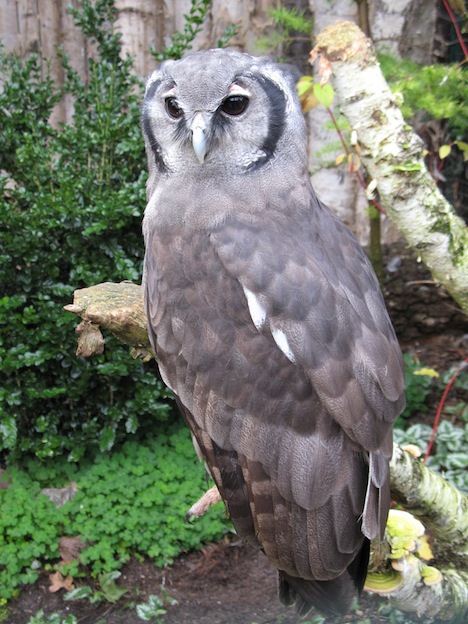
- Verreaux’s Eagle-Owl
The Verreaux’s Eagle Owl is one of the largest species of owls in the world. In fact, it is ranked as number three out there with only the Eurasian Eagle Owl and Blakiston’s Fish Owl being larger.
- BEHAVIOR :
- They make deep grunting sounds which are often mistaken for some other type of animal in the area. The fact that they sound very different than other species of owls is why they aren’t readily identified.
- It is true that you may here these owls in the daylight hours. They aren’t really active during that time of the day though. Instead, they seem to be very light sleepers and they will wake up if they hear noises around them. They make sounds at that time to warn that they are in the area and to aggressively defend it.
- DIET/FEEDING :
- They have been known to consume small monkeys and hedgehogs in some areas. It really depends on if those types of prey are available or not. The evidence has been found in the pellets that they regurgitate. This has the bones and fur of their prey that they weren’t able to digest.
- Due to the large size of the Verreaux’s Eagle Owl, they need to consume larger types of prey than other species of owls. Their diet consists of rabbits, mongoose, and plenty of types of small game. They also consume rates and pigeons if they are readily available their area of residence.
THE END...
That's just my share of my favorite animals. I hope you understand this article. thank you .
prepared by : Izzati

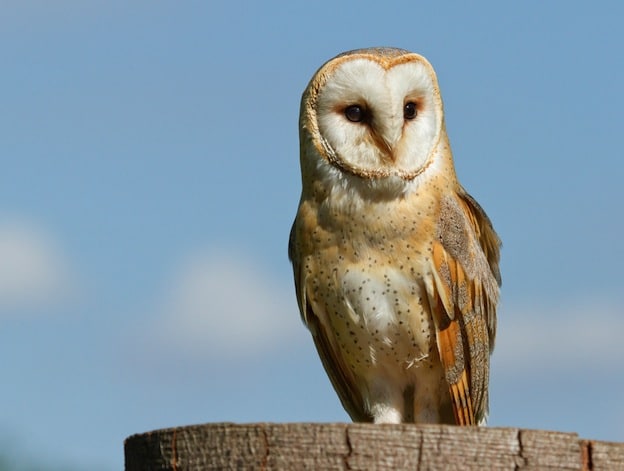

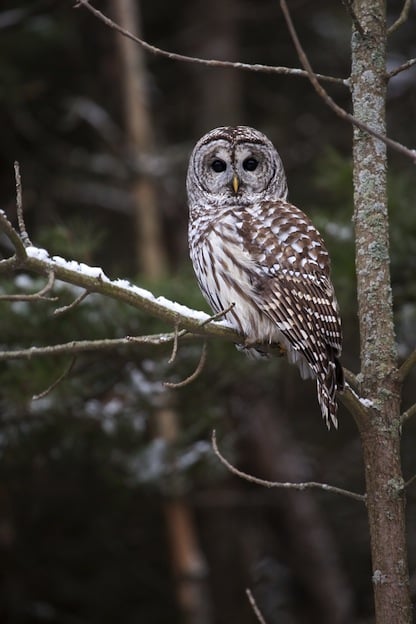
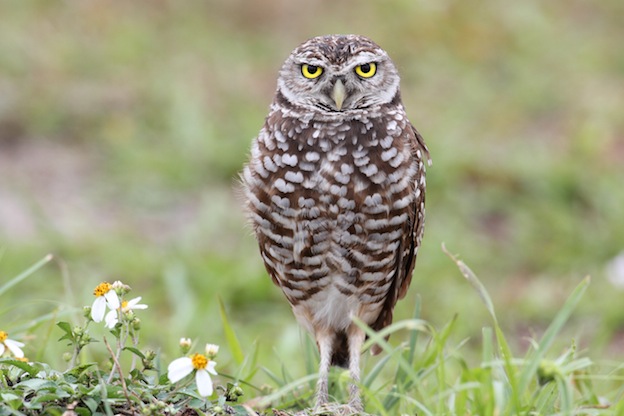
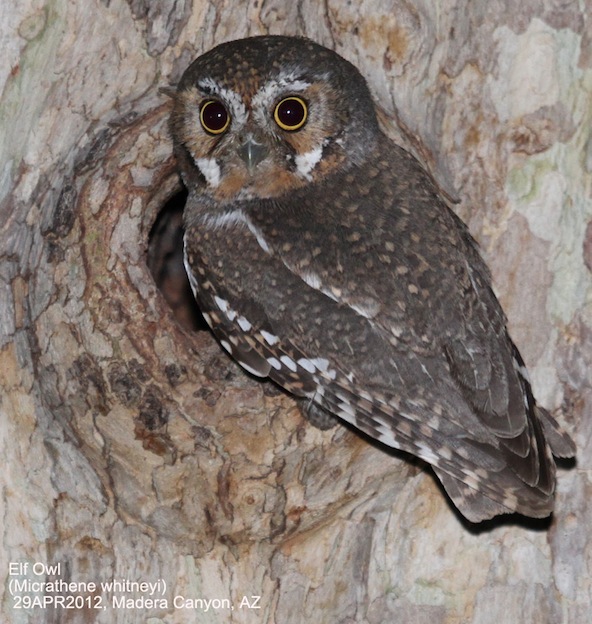
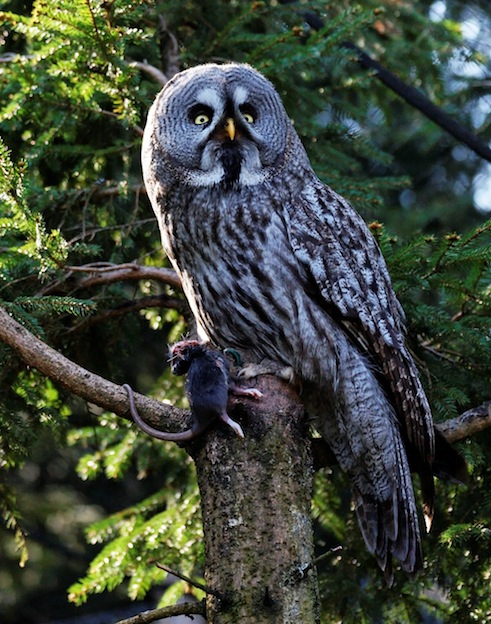
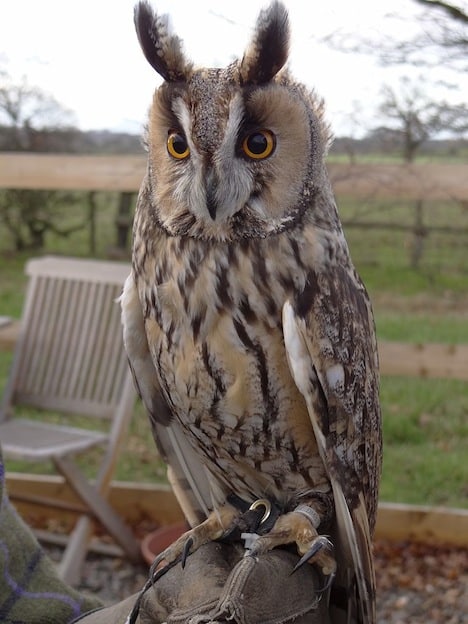
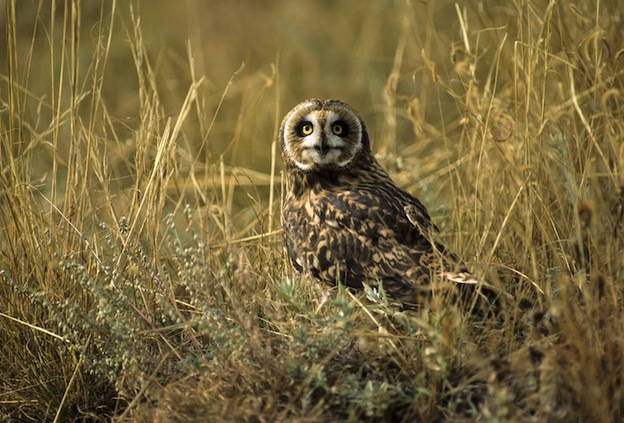
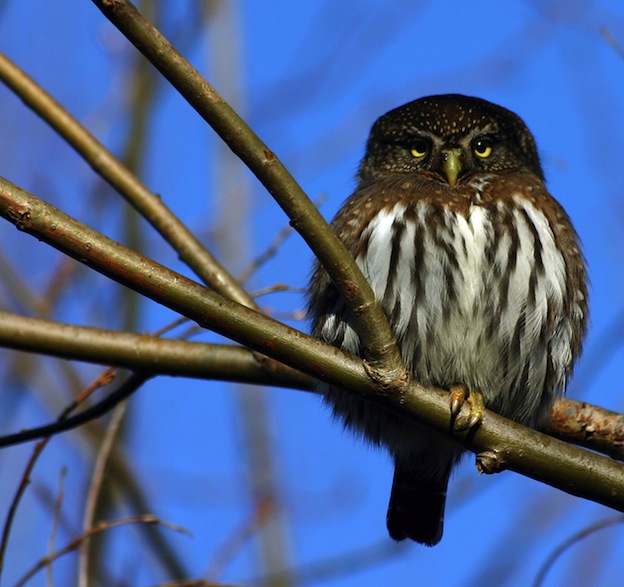
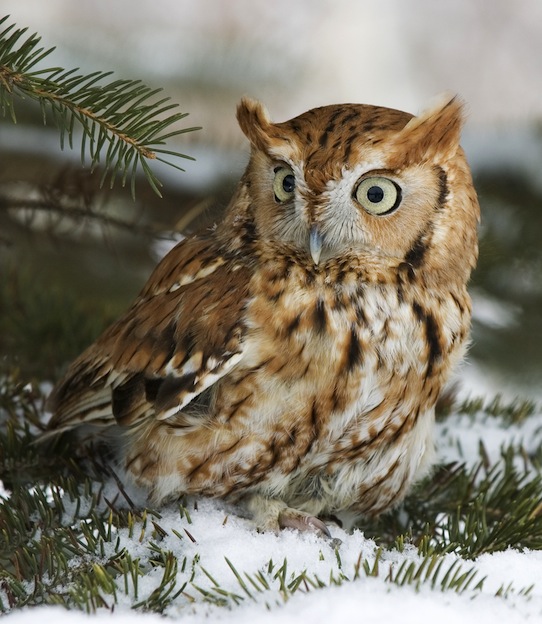
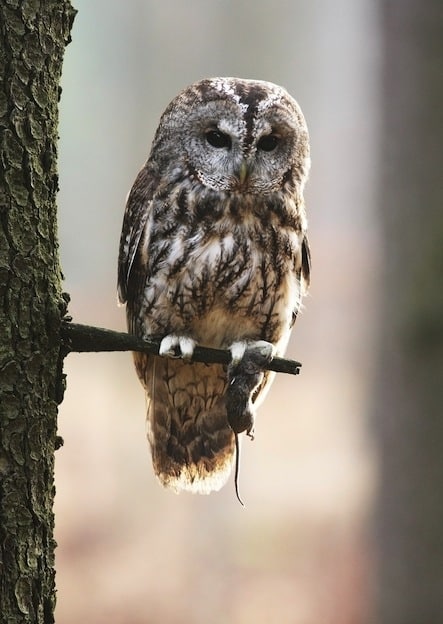
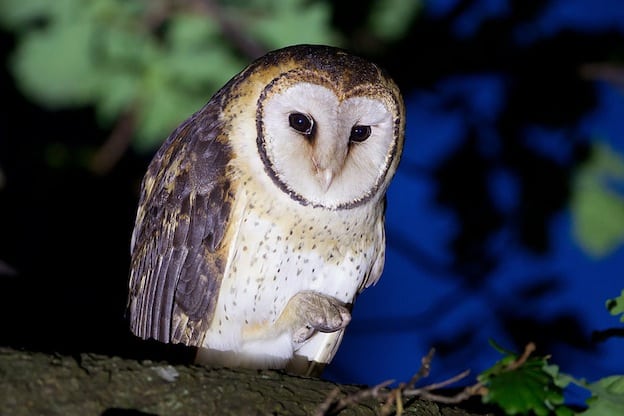


Comments
Post a Comment